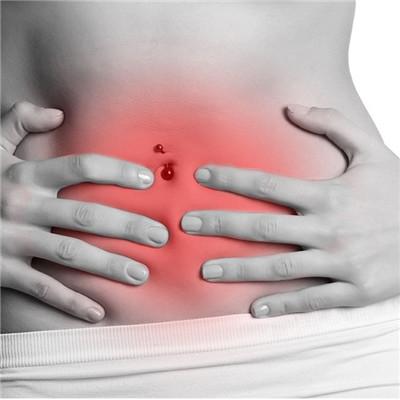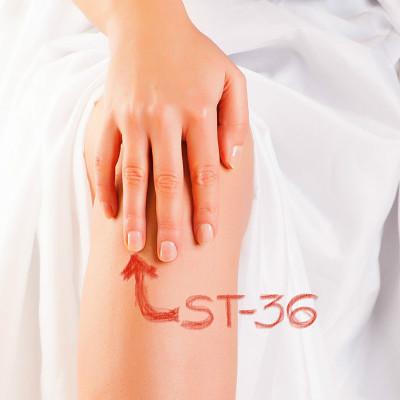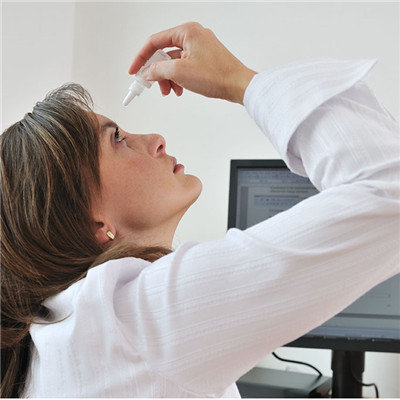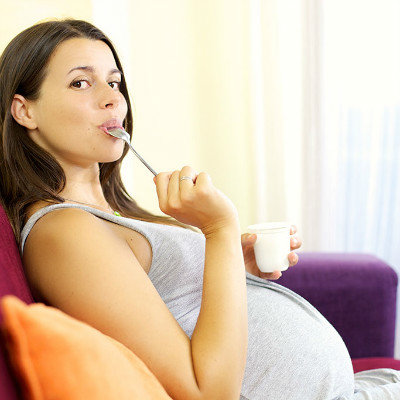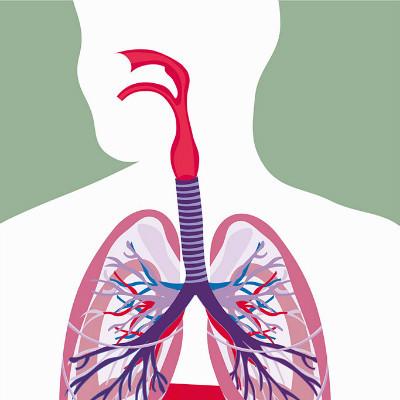Symptoms of osteoporosis after fracture
summary
Osteoporosis (OP) is a systemic bone metabolic disease characterized by low bone mass and destruction of bone microstructure, which leads to increased bone fragility and fracture prone. The disease is common in the elderly, but it can occur in all ages. Osteoporosis can be divided into primary and secondary. Primary osteoporosis refers to other diseases that do not cause the disease; Secondary osteoporosis is due to a variety of systemic or endocrine metabolic diseases caused by the reduction of bone tissue. In addition, it can also be divided into localized or generalized osteoporosis.
Symptoms of osteoporosis after fracture
No complications of osteoporosis itself, no pain and other symptoms, no deformity and other signs. Early detection of the disease depends on bone mineral density examination. The abnormality of X-ray plain film of vertebral body was later than that of BMD, but earlier than that of symptoms and signs.

Vertebral compression fractures often occur unconsciously, and can also be induced by cough, sneezing, slight trauma and so on. Within a few weeks of fresh vertebral fracture, local pain and percussion pain appeared. Multiple vertebral compression, appear hunchback (Luoguo), height becomes short. The pain and deformity were more serious in non vertebral fractures.

We should start treatment as soon as possible, because the completely and partially disappeared osteons (columnar osteons and trabeculae with a diameter of 0.2 mm in cortical bone) can not regenerate, but the thinned osteons can be restored after treatment. Therefore, it is impossible to reverse the lost osteons (forming osteoporosis), and early intervention can prevent osteoporosis in most people. A woman's perimenopause (45 years old) should start treatment. Men tend to be 10 years late.

matters needing attention
The prevention of osteoporosis has two meanings: first, the prevention of high-risk groups, mainly postmenopausal women; The second is the general population. The risk factors of osteoporosis include: white and Oriental people, weight loss, long-term insufficient intake of calcium and other nutrients, less exercise, smoking, drinking and coffee, after ovariectomy, etc.
